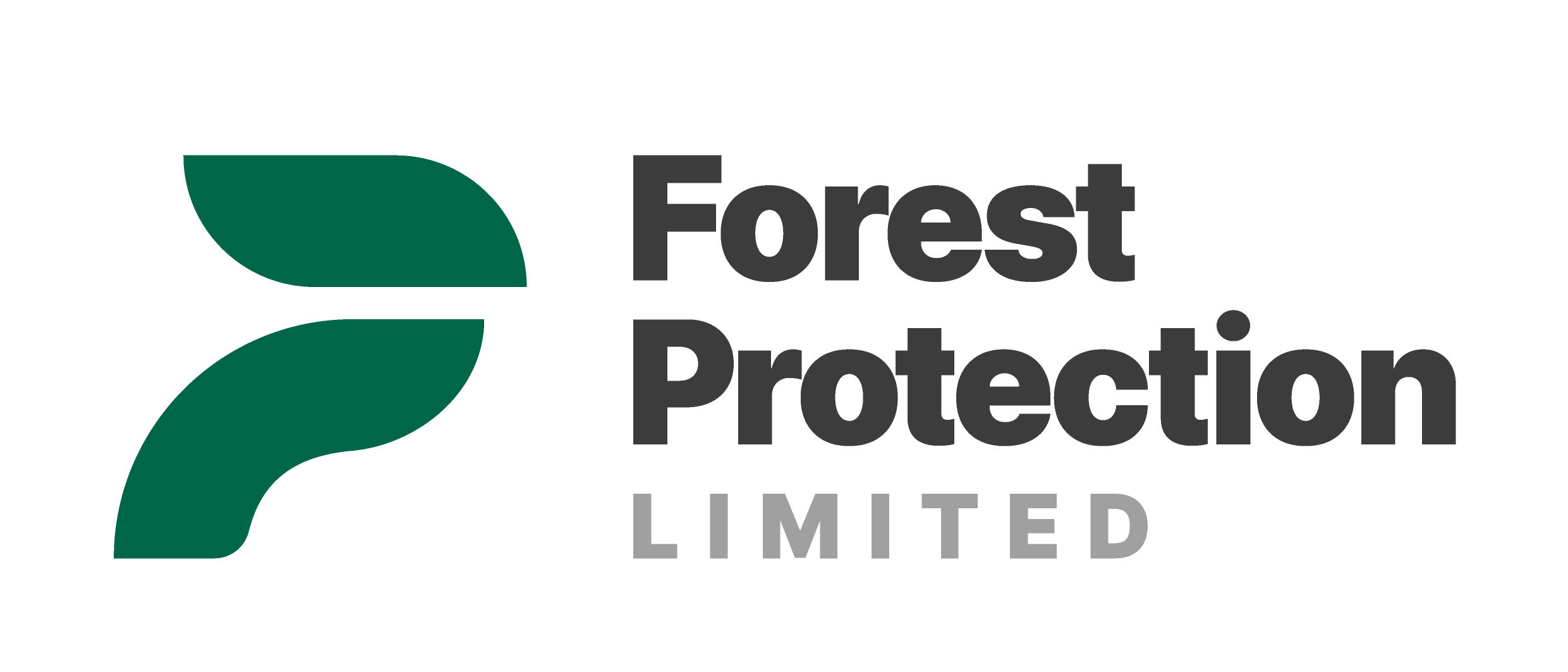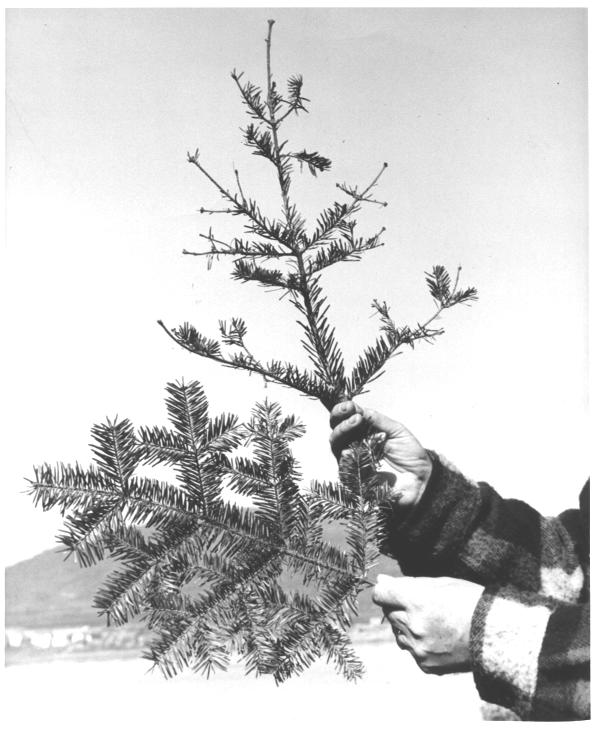Forest Protection provided pest management services to control the spruce budworm population in the Gaspé forest/Lower St. Lawrence from 1954 to 1975. The Gaspé forest is mainly composed of coniferous trees, with the balsam fir and spruce trees being one of the most prominent. Nevertheless, the forest also includes deciduous trees like birch, aspen, poplar, and sugar maple.
During the late 1920s and 1930s, Canada went through several forest pests and diseases. By 2019, the spruce budworm had severely affected over 9.6 million hectares of Quebec’s forests. These events reminded people that the forests are not inexhaustible and that it is critical to protect our forests from pests such as spruce budworm.
Spruce Budworm
Spruce budworm (Choris-toneura funiferana), a native insect from North America, is among the most destructive native insects in the northern spruce and fir forests. The pest targets balsam fir, white, red, and black spruce.
Their life-cycle consists of an egg, larva, pupa, and ends as an adult moth. During the larvae stage, the spruce budworm is most damaging to the trees as it feeds on the tree needles and early reproductive organs of the tree, causing defoliation and consequently tree mortality.
From July to August, the adult female deposits 10-30 eggs under the needles of the branches that have the highest sun exposure. After the egg hatches, the larvae migrate to the upmost part of the tree, also known as the crown, building a silken shelter for the winter months, called the hibernaculum.
Impacts
Spruce budworm outbreak cycles occur every 30 to 40 years and negatively impact millions of hectares of trees.
The Larvae start eating the most recently grown needles on the tree, which are partially or entirely eaten. When large numbers of spruce budworms are present, the needles from previous years are also targeted, causing even more damage to the tree.
One year of defoliation often has little impact on the tree. Nevertheless, a single year of defoliation makes the tree more susceptible to other pests and diseases. Consecutive years of defoliation decrease tree growth and consequently death if the defoliation continues uninterrupted.
Some tree species are more susceptible than others. For instance, balsam fir is one species with higher susceptibility to the pest. Between a stand of spruce and balsam fir, the balsam is more prone to die (Alfaro et al., 2003).
Depending on the severity of the defoliation, the tree may recover. The susceptibility of the tree stand varies depending on the tree stand quality, crown closure, and the age of the trees. When a tree is susceptible to the pest, it is more prone to be infested by the pest.
On the other hand, the vulnerability of a stand refers to tree mortality rates after the tree stand has been infected. The affected trees turn to a rusty red/brown colour, and they later turn grey after losing all the needles. The trees that the pests have impacted continue to deteriorate even after the pest has been eradicated.
Spruce Budworm Control
Spruce budworm needs to be monitored closely to preserve our forests and continue to enjoy them for years to come. Pest management practices, early intervention, and monitoring monitor budworm populations can prevent outbreaks and the negative socio-economic impacts they may incur.
Already climate change seems to be affecting budworm population dynamics. Tree injury and mortality caused by spruce budworm further increases the stand susceptibility to the increasingly severe effects of climate such as drought and wildfires.
Forest Protection and the Healthy Forest Partnership collaborate to research and treat stands that have been infested. We have been tackling spruce budworm with aerial application on tree stands and monitoring for 70 years (Learn more about our pest management practices here). It has been seven decades of learning how to improve our practices ensuring the safeness of our forests, wildlife, and people.

